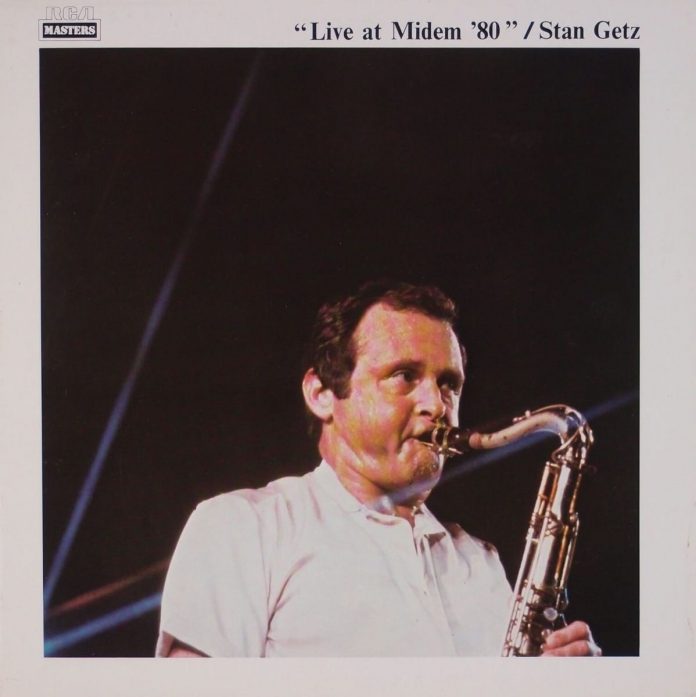Stan Getz has achieved the rare feat of keeping up to date while remaining true to himself.
The numbers on this album are undeniably contemporary in idiom but quintessentially Getz for all that. There’s no mistaking that lustrous and infinitely flexible sound, the faultless but unshowy technique or the meditative stillness which lies at the heart of his style. So great is his mastery of the instrument that you lose all sense of a machine operated by breath and embouchure and fingers. In his hands the tenor saxophone takes on the characteristics of the human voice.
This album, being a faithful record of a single concert, is a good example of where Getz stands today. Surrounded by a band of hugely accomplished young men he plays with the grace and panache which has made him the despair of other tenor players for three decades, only more so. I doubt whether he has ever played better – differently, but not better.
There is, for instance, the matter of dynamics. Any given 16 bars will reveal more light and shade than any other player can manage in a whole evening. Even a single held note manages to suggest a range of shifting emotions, the tone moving from thin and cutting to thick and blowsy and back again.
Stan Getz is not to be compared with any other saxophonist. He is unique in the completeness of his conception, the audacity of his imagination and the speaking humanity of his instrumental voice. In a world where everyone sounds more and more the same he is probably the last of the great originals.
Discography
(a) Heart Place; Chappaqua; Autumn Leaves (23.00) – (a) Lady Day; Empty She/Is; (b) Nature Boy (22.59)
(a) Stan Getz (ts); Andy LaVerne (p, elp, syn); Chuck Loeb (g); Brian Bromberg (b); Victor Jones (d). (b) add Paul Horn (fl). Cannes, 23/1/80.
(RCA PL 37417)
















